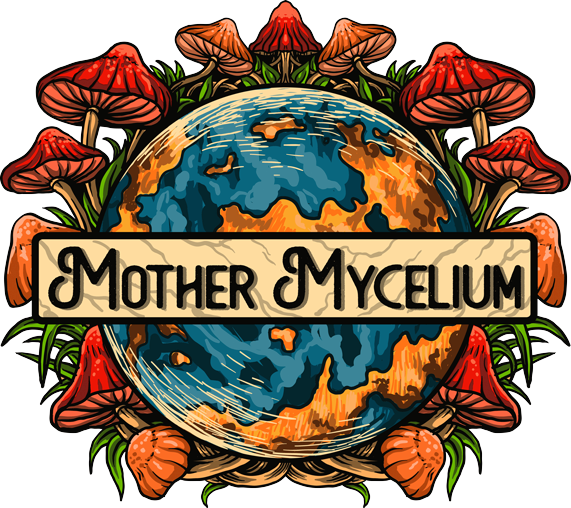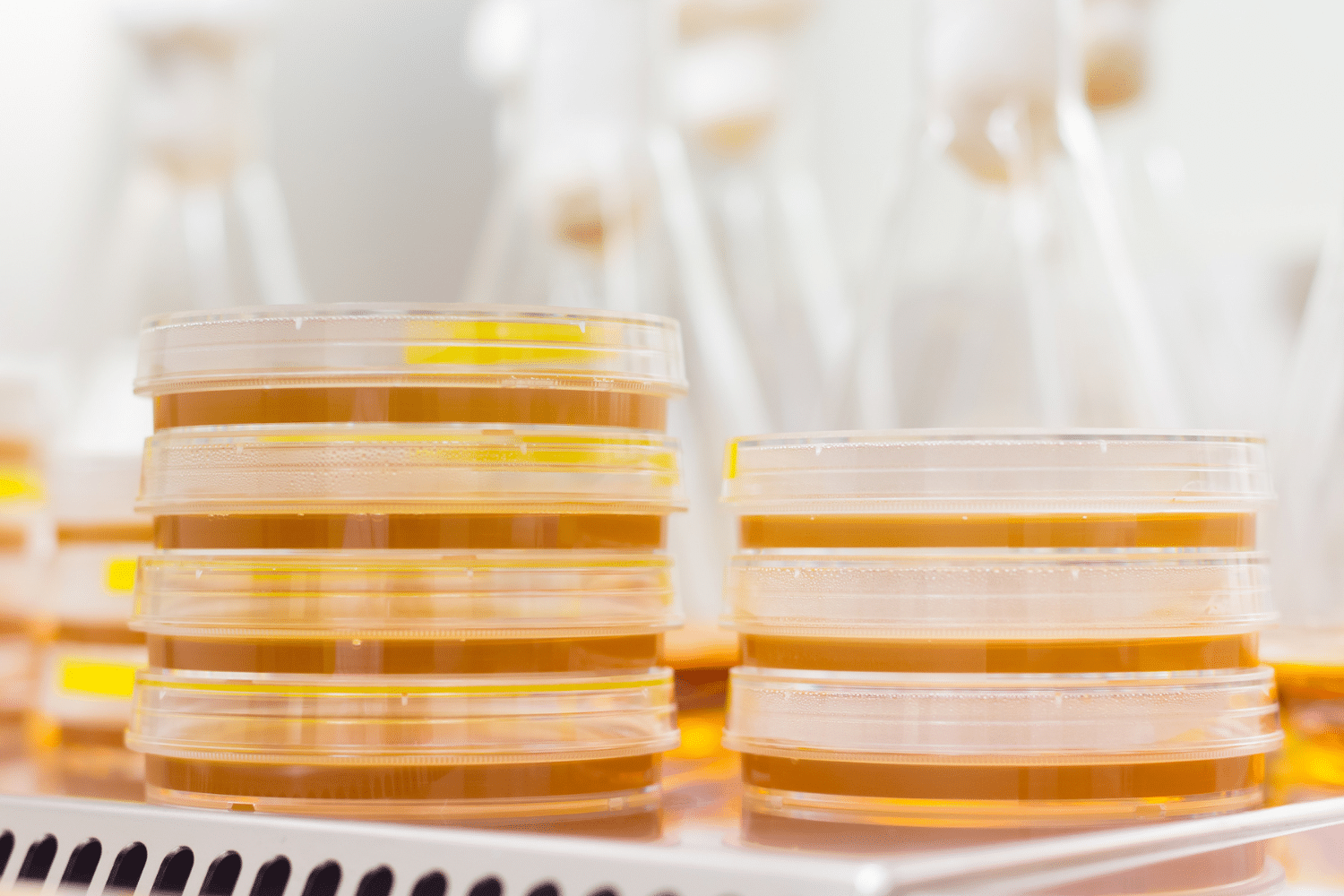
How to Make Agar Plates for Mushroom Cultivation
A quick guide for making agar plates
Overview
As you progress in your mushroom cultivation journey, making agar plates becomes a highly valuable skill. The 2 dimensional surface of agar plates provides a controlled, sterile environment where cultures can be distinguished from contaminants and strains can be isolated, propagated and studied. Making plates does require sterilization and aseptic technique, but with a few simple tips anyone can make clean plates for mushroom cultivation projects.
Needed supplies:
- Sterile petri dishes
- Agar powder
- Light malt extract or potato dextrose
- Autoclavable flask with lid
- Pressure cooker for sterilization
- Sill air box or laminar flow hood
Agar Recipes for Mushroom Growing
Below are some basic agar recipes perfect for general fungal culturing. Any of these recipes can be used for liquid culture if the agar is removed. You can also check out The Difco Manual of Microbiological Culture Media for hundreds of media recipes.
| Media Type | Nutrients (g) | Agar (g) | Water (g) |
| Malt Extract Agar (MEA) | 24 light malt extract | 20 | 1000 |
| Potato Dextrose Agar (PDA) | 24 potato dextrose | 20 | 1000 |
| Malt Extract Yeast Agar (MYA) | 24 light malt extract1 yeast | 20 | 1000 |
| Malt Extract Yeast Peptone Agar (MYPA) | 24 light malt extract1 yeast1 peptone | 20 | 1000 |
Start by calculating the volume of media needed to fill the number of plates you wish to prepare. The table below can be used as a reference for the volume of media needed to fill standard sized petri dishes. To prepare the agar solution, dissolve the correct amount of nutrients and agar in the corresponding quantity of water based on the recipes above. NOTE: Prepare your media solution in a flask that holds twice the volume of the total volume of media you are preparing (if you’re making 1000ml of media, use a 2000ml flask). This will ensure that the media does not boil over during sterilization.
| Type of Medium | Volume (ml) | Size of Vessel (mm) |
| Agar plate | 25 | 100 x 15 petri dish |
Sterilization Protocol
- Loosely screw the lid onto the flask of prepared media. CAUTION: ensure the screw top on your flask is NOT tightened completely. This can cause the vessel to break during the sterilization process.
- Cover the cap of the flask with aluminum foil.
- Place the flask in your autoclave or pressure cooker and sterilize at 15 psi for 20 minutes (or follow the directions provided with the media mix).
- After the sterilization process is complete, allow the sterilizer to cool. Check the pressure gauge on your autoclave or pressure cooker and ensure that it is safe to open.
Plate Pouring Protocol (see the video tutorial LINK How to Pour Agar Plates)
You will need a sterile environment in which to work for the plate pouring protocol. We recommend pouring plates in front of a laminar flow hood to prevent contamination. However, we understand that flow hoods can be quite expensive and not everyone has the space or budget for this equipment. It is possible to pour clean plates within a still air box, but your risk of contamination will be increased. If you are working in a still air box, it is best practice to prepare more plates than you will need in the event some are contaminated.
- Prepare agar medium according to the included directions.
- Sterilize the medium according to the sterilization protocol above.
- Open the sleeve of sterile petri dishes and stack them in groups of 5-10.
- Remove the flask from the autoclave or pressure cooker. Slowly swirl the flask to mix the agar since it may settle during the sterilization process. Avoid air bubbles as you swirl the flask.
- Cool agar just until it is comfortable to hold. If the flask is too hot to hold continue cooling.
- Lift the top plates and the lid of the bottom plate. Open the lid as little as possible as you pour. Never remove the lid completely and never set the lid down on the table.
- Pour the agar until it covers the bottom of the plate, then replace the lid.
- Repeat steps 6 and 7 until all plates are filled.
- Allow the plates to cool completely.
- When the agar is hardened invert the plates and place them back in their original plastic sleeve or an unused Ziplock bag.
- Label the bag with the date and type of medium used.
- You plates are now ready for use!
Note: Pouring the plates in stacks helps reduce condensation. Storing the plates upside down (inverted) can also help reduce condensation. Excess condensation can result in poor visibility and is not ideal for the growth of some cultures.
Questions? Comments? Reach out on our Discord server to get answers from experienced cultivators! https://discord.gg/GnhWbBnKtd
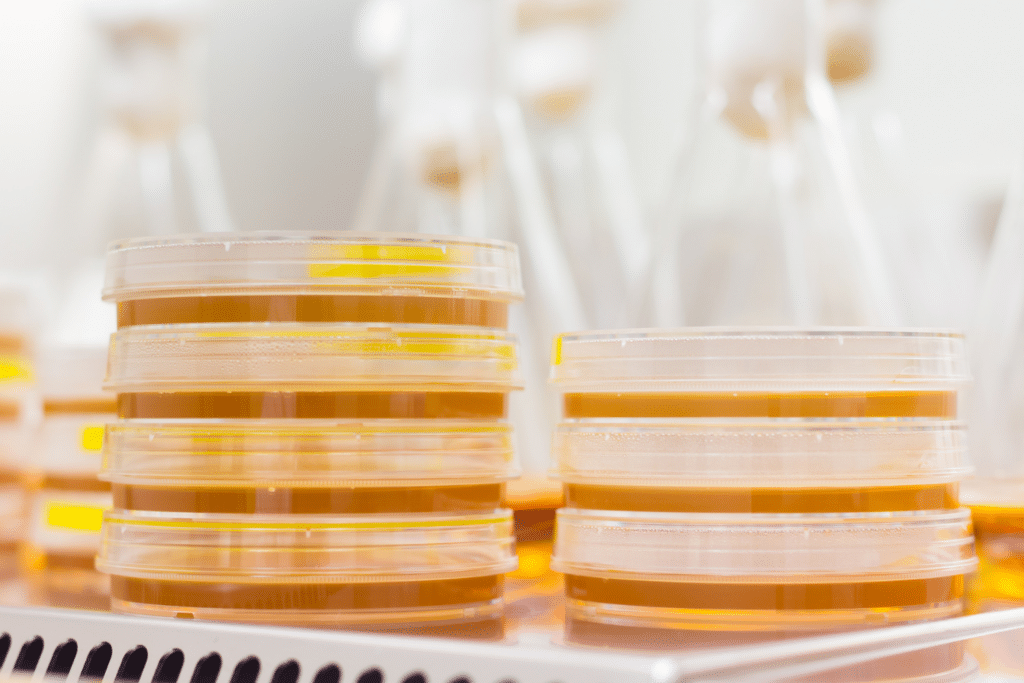
Latest Articles
Latest Articles
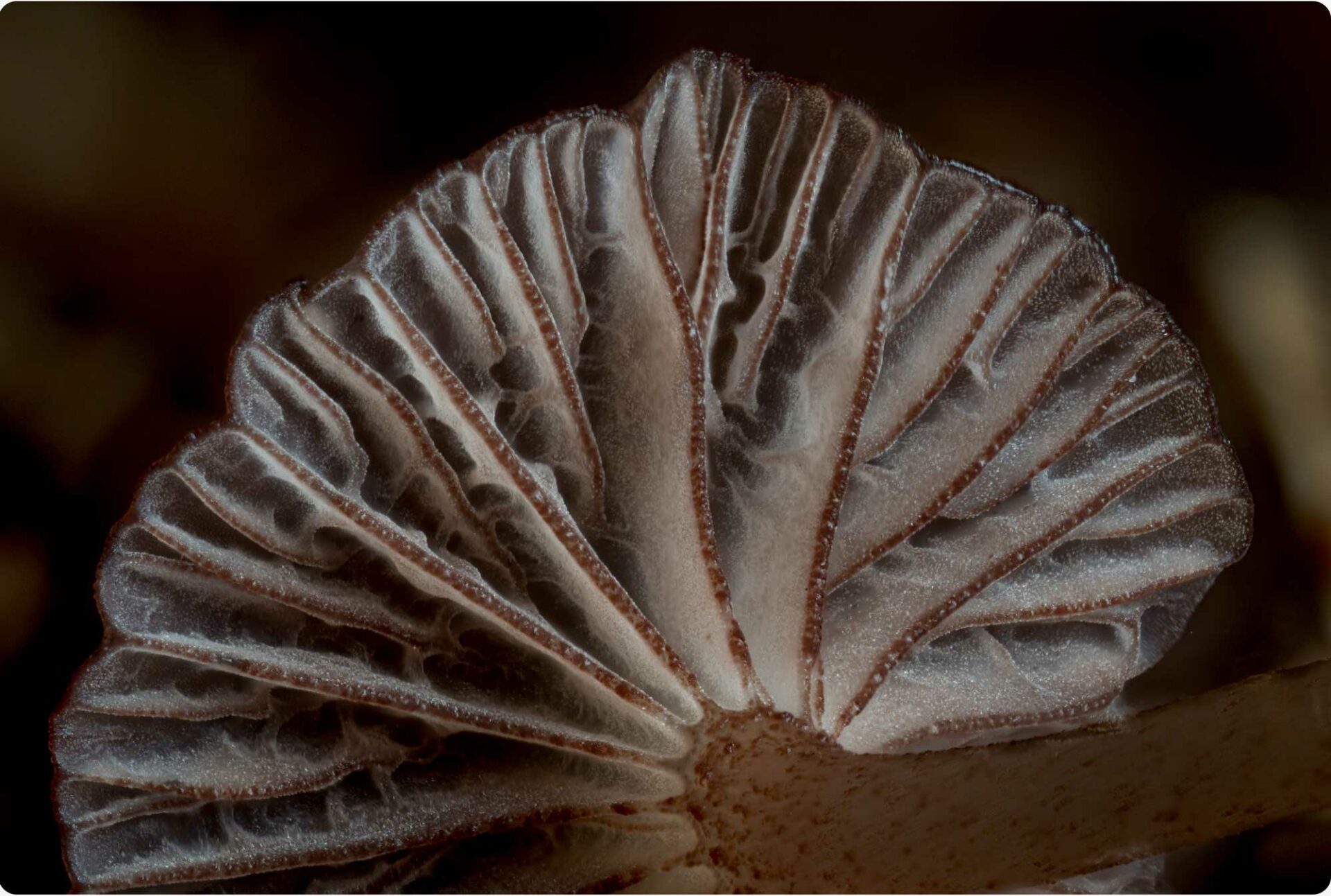
Mycology Glossary: Unlocking the Language of Fungi
Fungi are fascinating organisms, but the world of mycology (the...
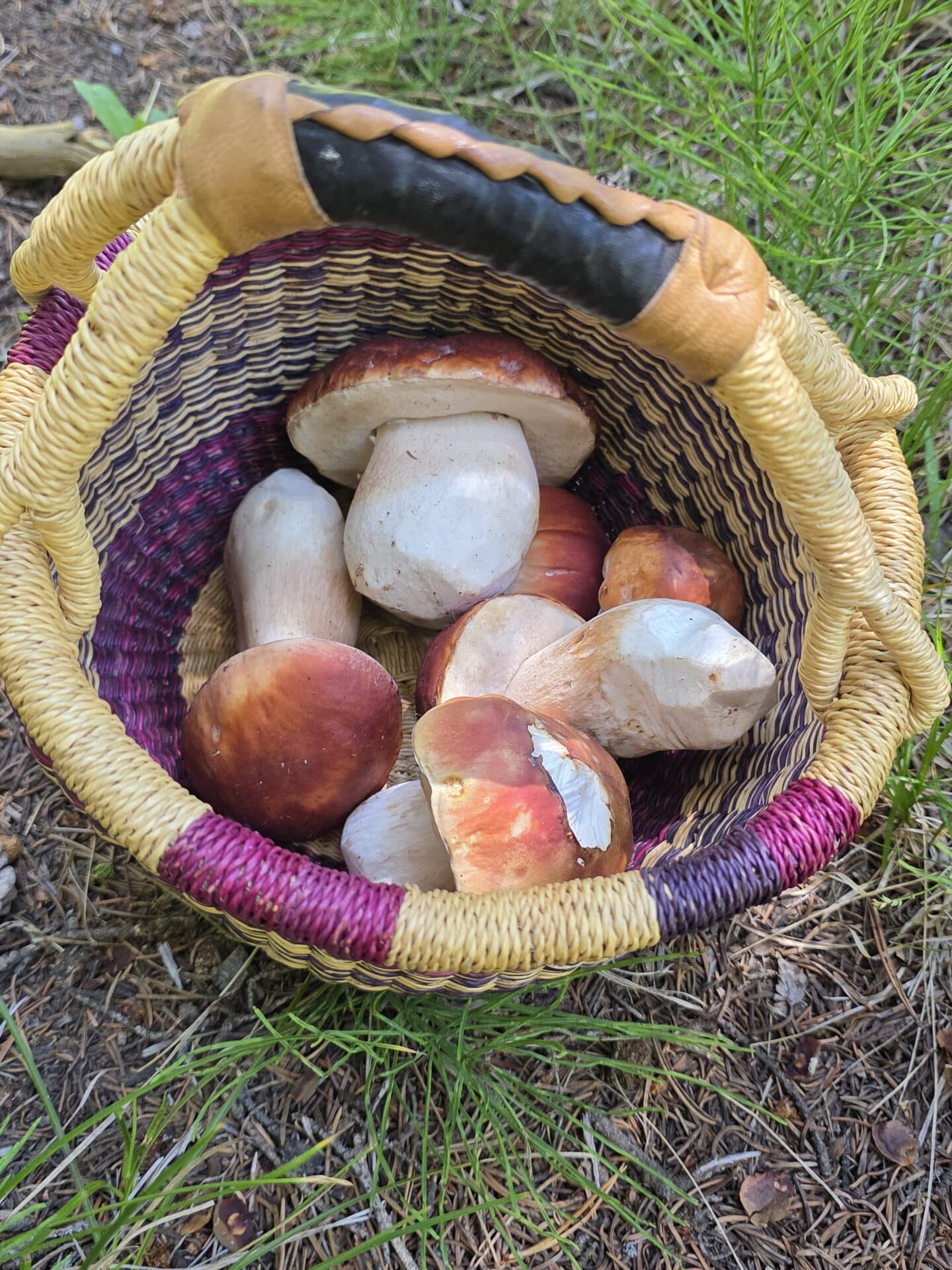
Introduction to Mushroom Foraging in the Rockies
Mushroom foraging is a unique adventure that combines hiking, nature...
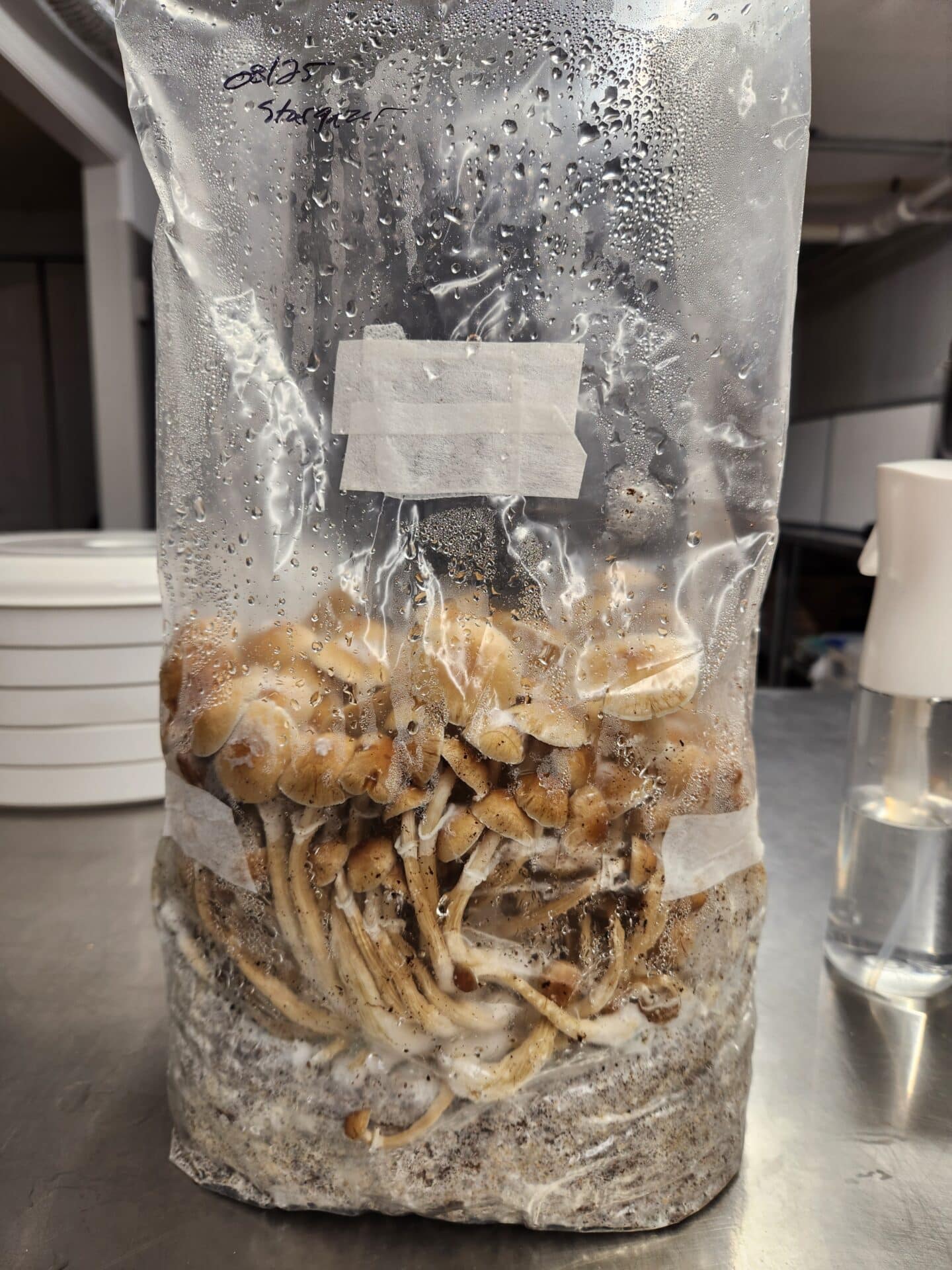
DIY Mushroom Grow Bags
Intro Growing mushrooms at home doesn’t have to be complicated...
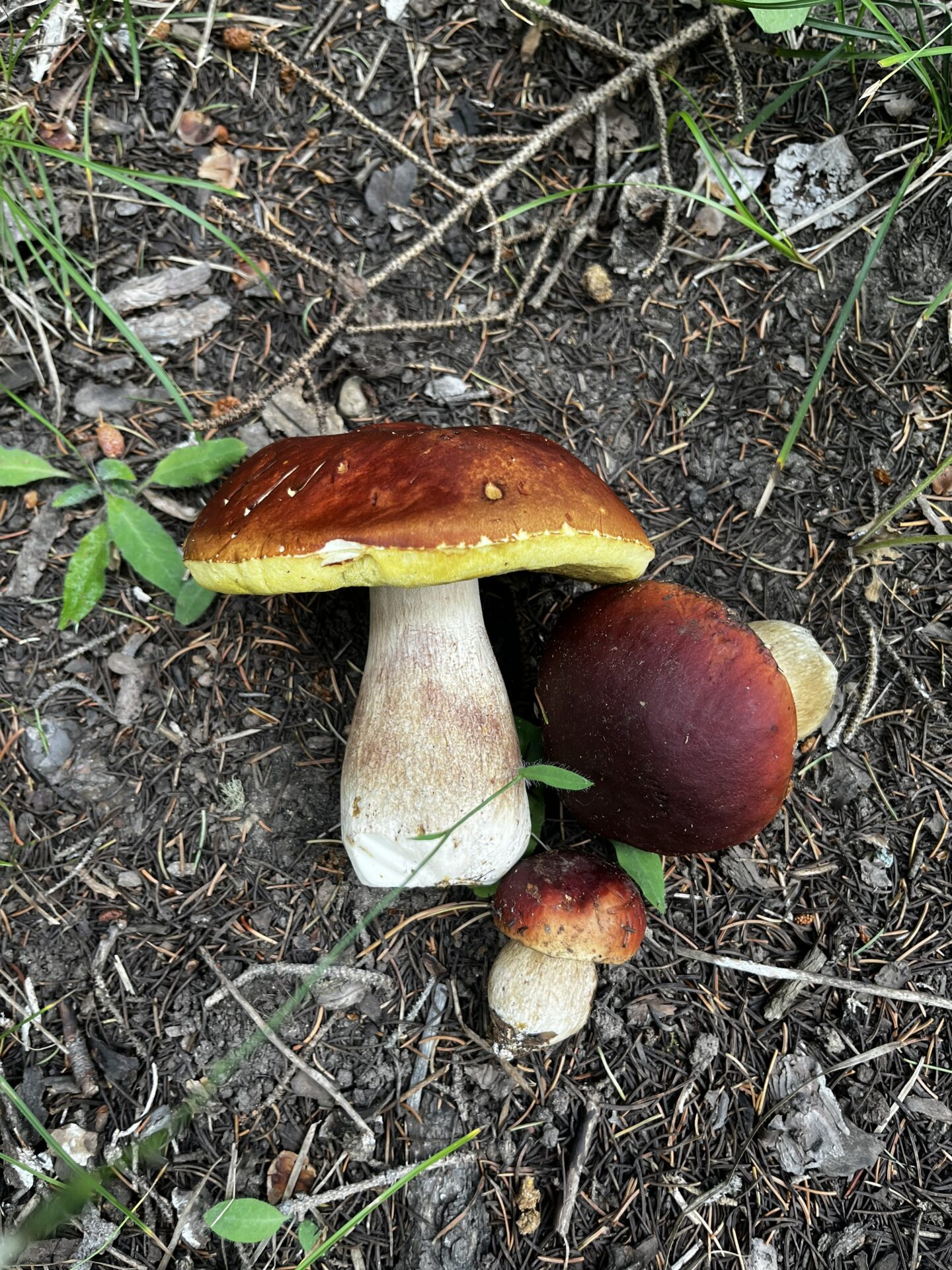
Colorado Mushroom Hunting Resources
Whether you’re just starting your journey into mushroom foraging or...
